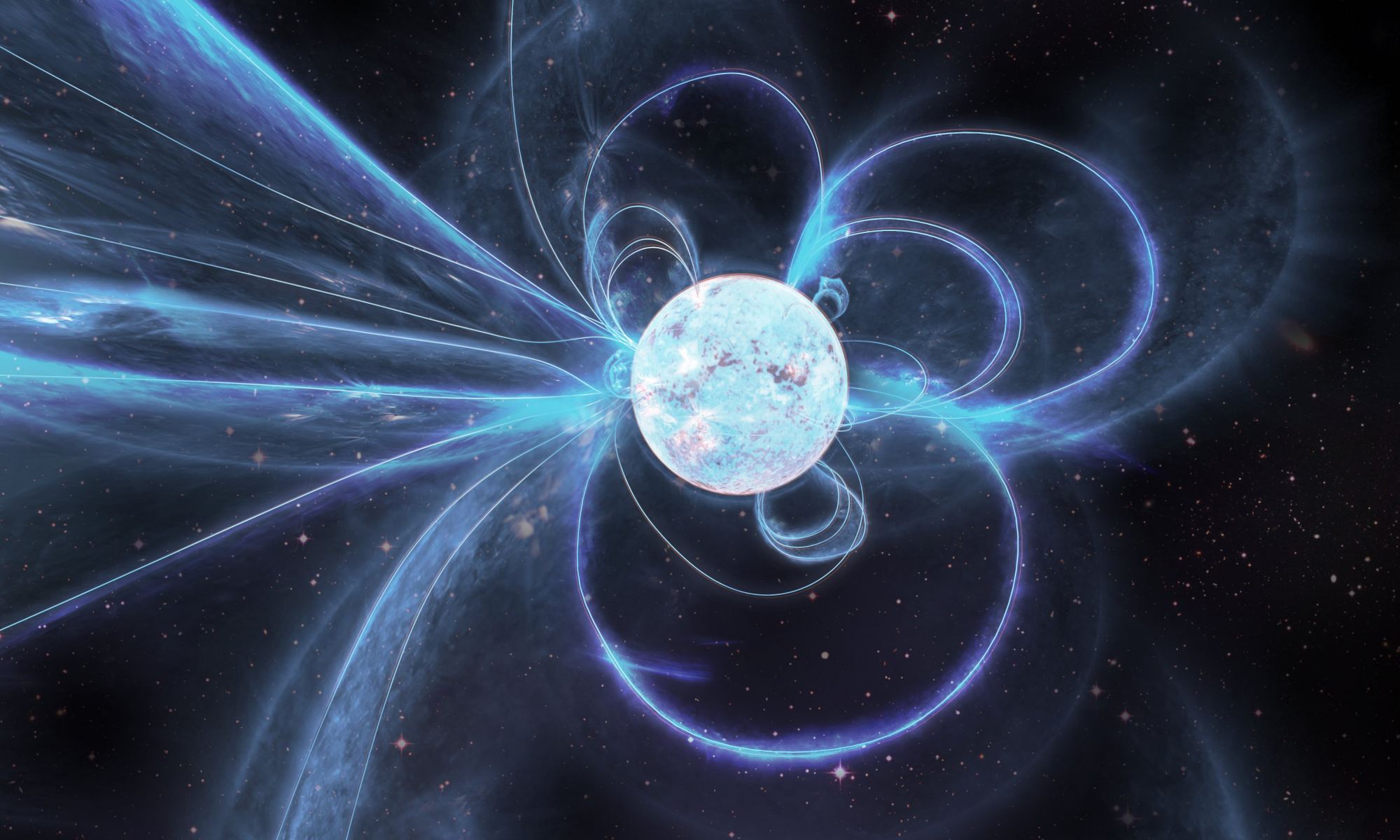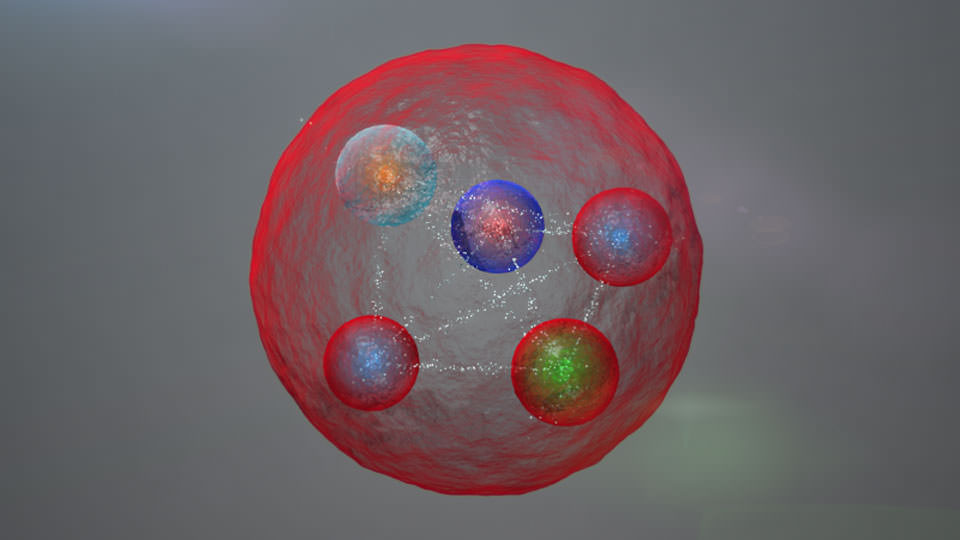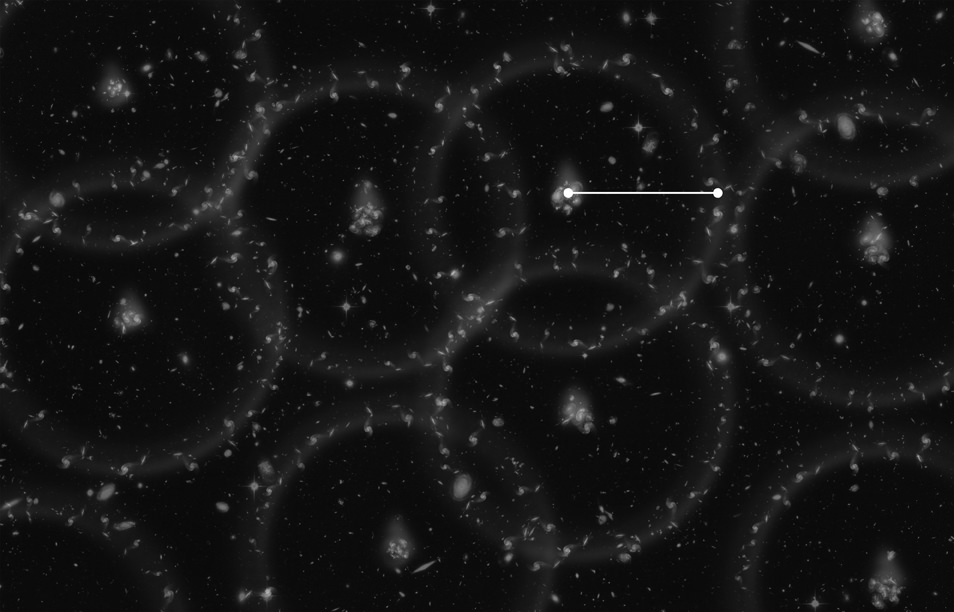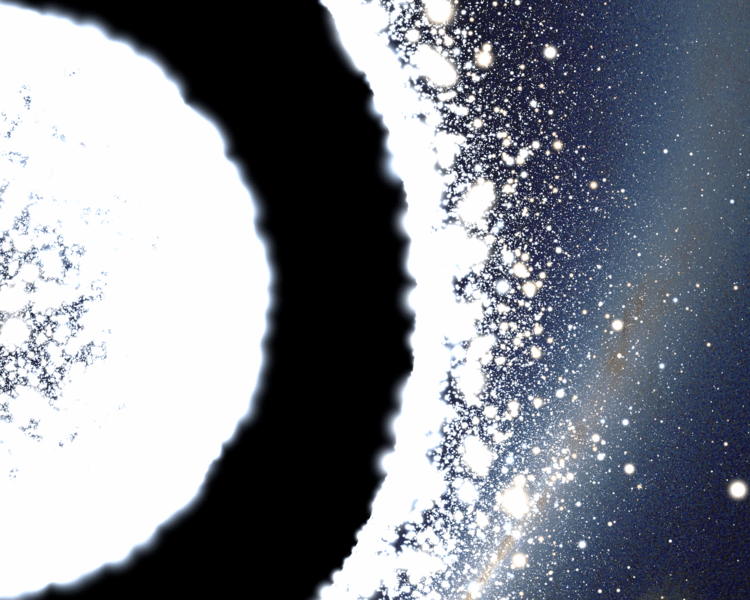In this series we are exploring the weird and wonderful world of astronomy jargon! There’s a lot to see with today’s topic: electromagnetism!
Continue reading “Astronomy Jargon 101: Electromagnetism”Astronomy Jargon 101: Electromagnetism


In this series we are exploring the weird and wonderful world of astronomy jargon! There’s a lot to see with today’s topic: electromagnetism!
Continue reading “Astronomy Jargon 101: Electromagnetism”
In this series we are exploring the weird and wonderful world of astronomy jargon! You’ll be surprised by the power of today’s topic: the weak force!
Continue reading “Astronomy Jargon 101: Weak Force”
In this series we are exploring the weird and wonderful world of astronomy jargon! Feel the power of today’s topic: the strong force!
Continue reading “Astronomy Jargon 101: Strong Nuclear Force”
In this series we are exploring the weird and wonderful world of astronomy jargon! Listen carefully for today’s topic: baryon acoustic oscillations!
Continue reading “Astronomy Jargon 101: Baryon Acoustic Oscillations”In this series we are exploring the weird and wonderful world of astronomy jargon! Get a good look at today’s topic: the cosmic microwave background!
Continue reading “Astronomy Jargon 101: Cosmic Microwave Background”
In this series we are exploring the weird and wonderful world of astronomy jargon! Take a strange trip through today’s topic: wormholes!
Continue reading “Astronomy Jargon 101: Wormholes”In this series we are exploring the weird and wonderful world of astronomy jargon! I hope you’re sitting down for today’s topic: gravity!
Continue reading “Astronomy Jargon 101: Gravity”In this series we are exploring the weird and wonderful world of astronomy jargon! Today’s topic is almost too hot to handle: Type-1a Supernovae!
Continue reading “Astronomy Jargon 101: Type-1a Supernovae”
In this series we are exploring the weird and wonderful world of astronomy jargon! You’ll have a blast learning about today’s topic: Type-II Supernovae!
Continue reading “Astronomy Jargon 101: Type-II Supernovae”The first black holes to appear in the universe may have formed from the direct collapse of gas. When they collapsed, they released a flood of radiation, including radio waves. A new study has found that the next generation of massive radio telescopes may be able to detect these bursts, giving precious insights into a critical epoch in the history of the universe.
Continue reading “Next Generation Telescopes Could Detect the Direct Collapse of Enormous Black Holes Near the Beginning of Time”